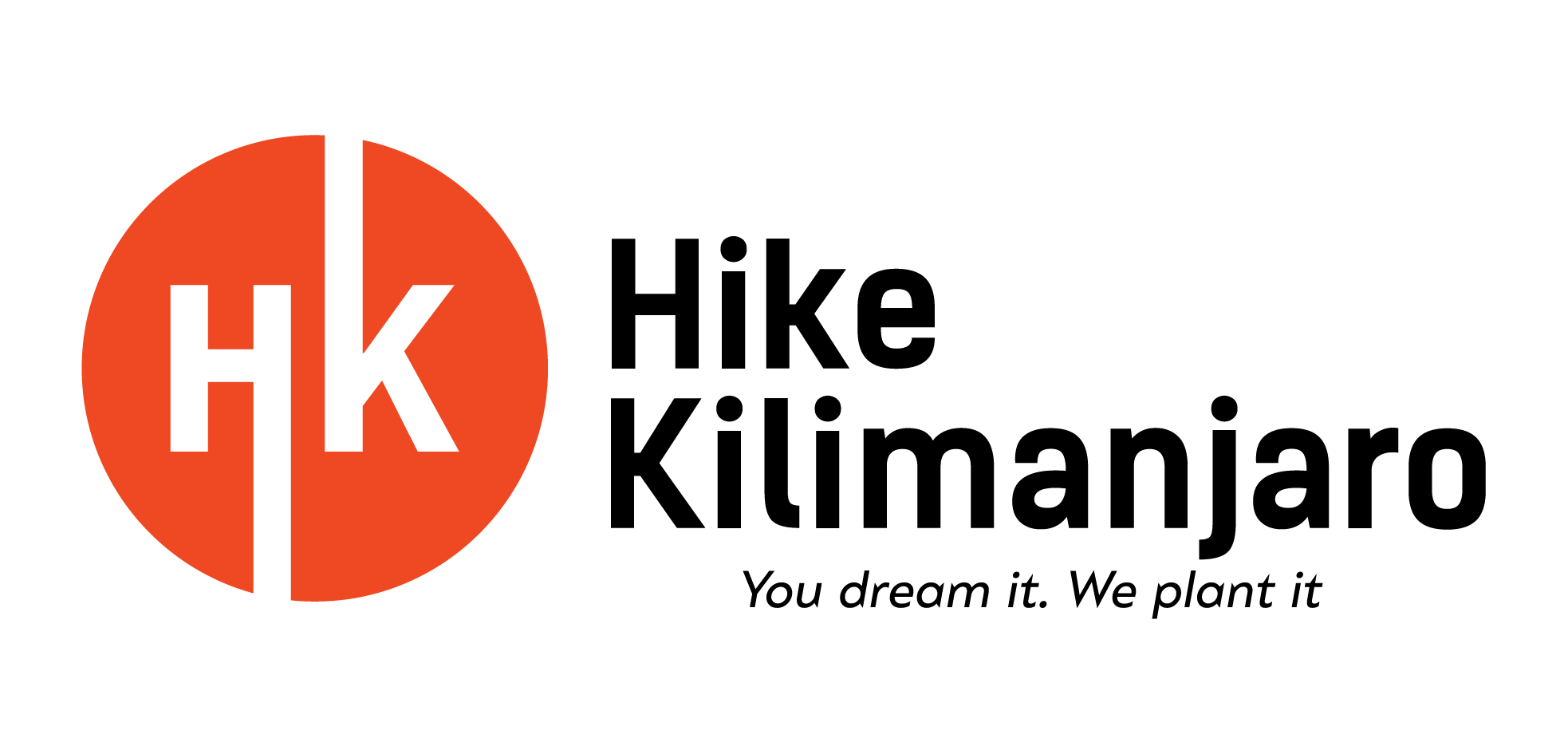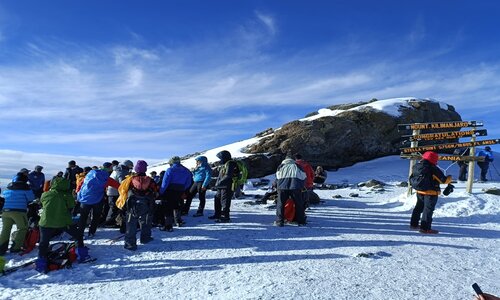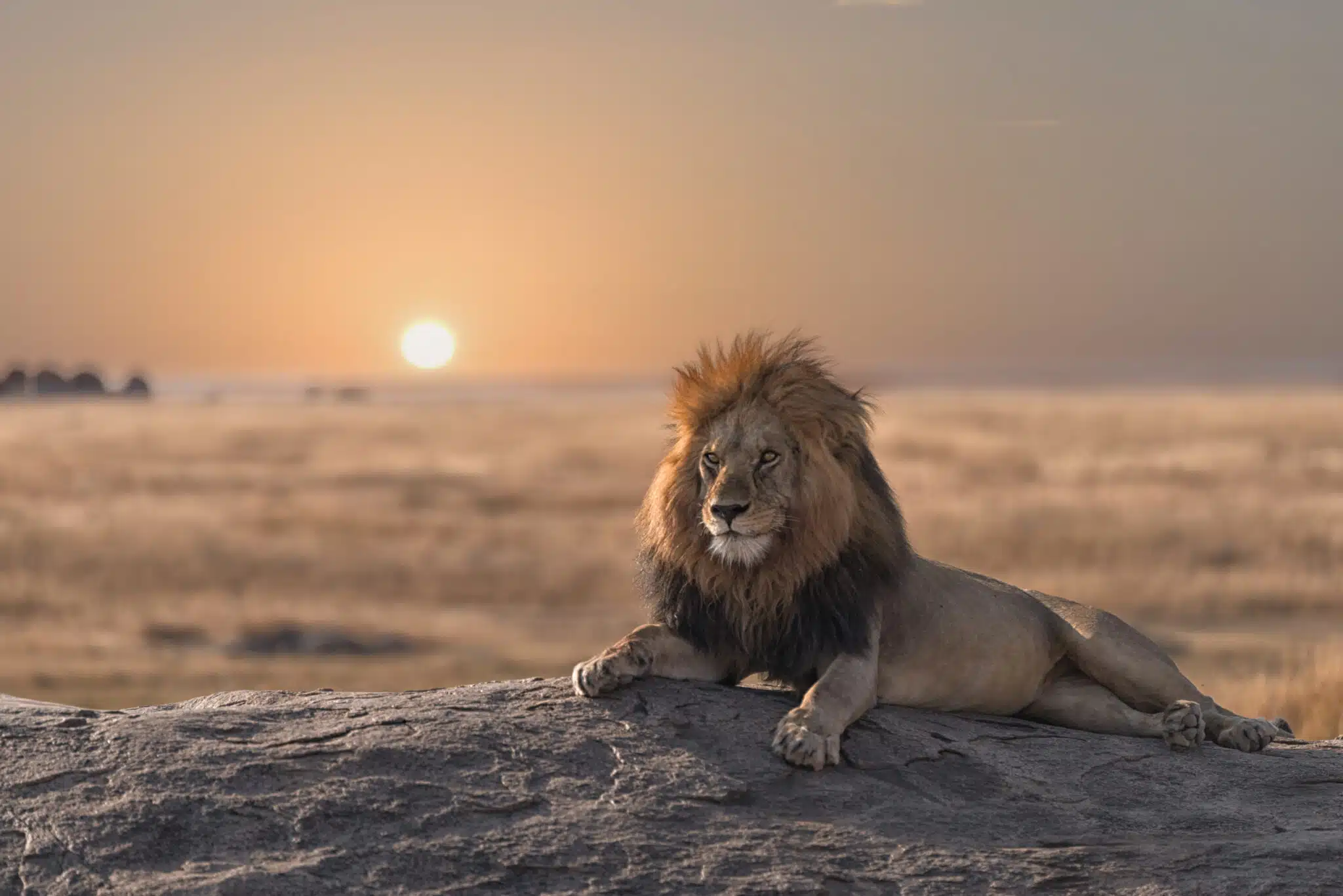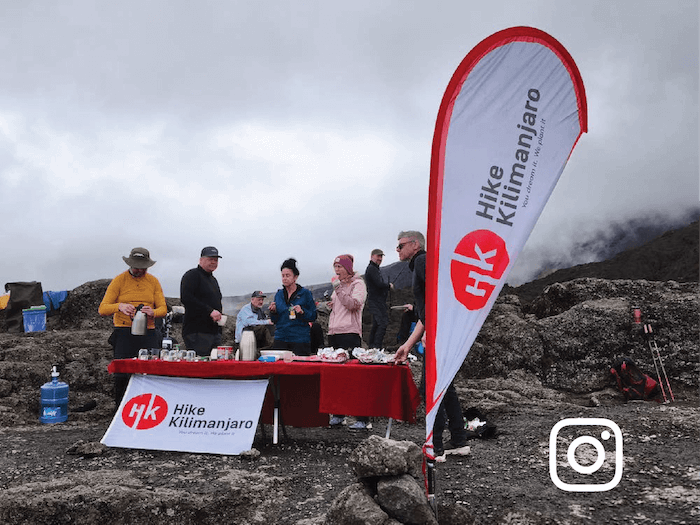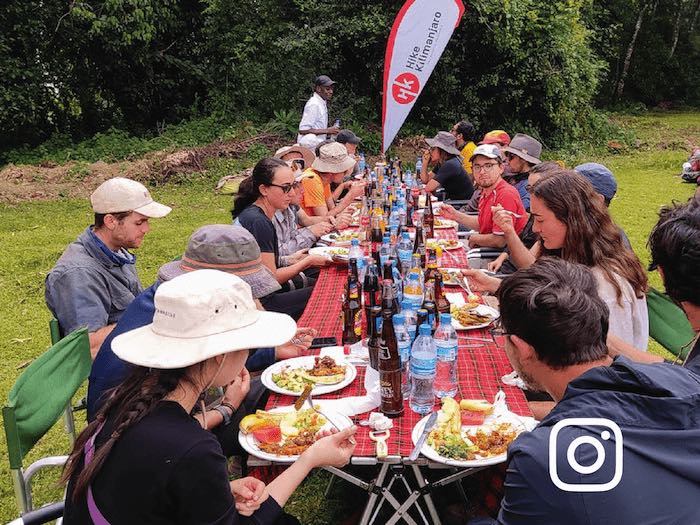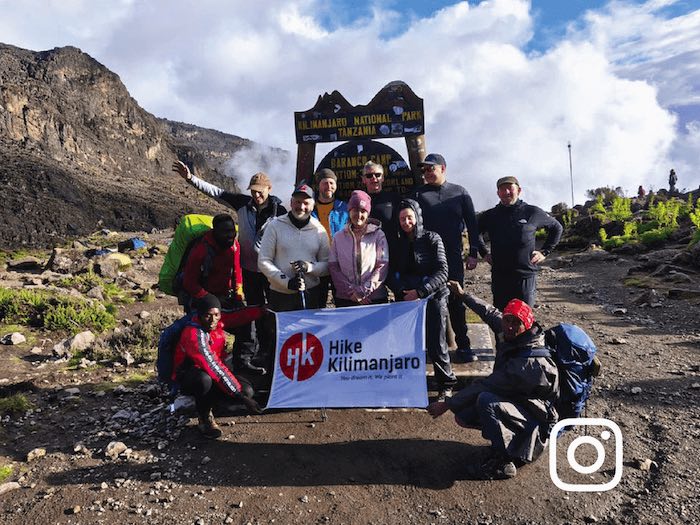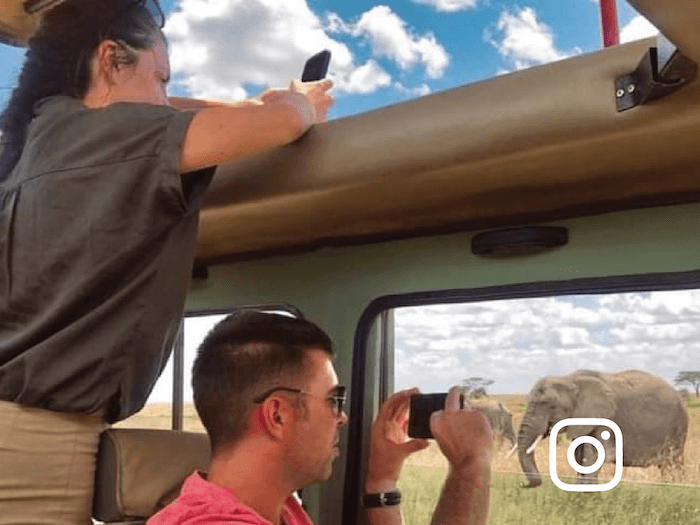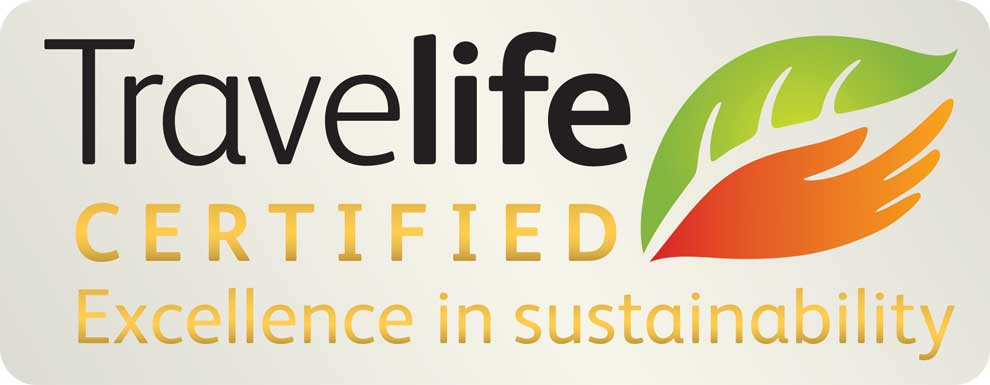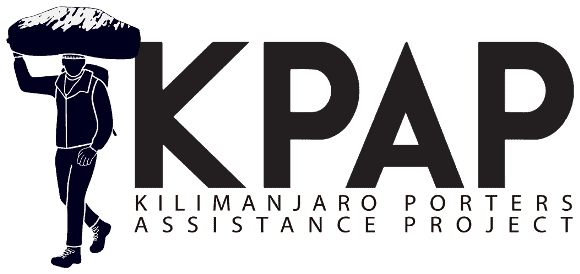The Roof of Africa
Mount Kilimanjaro
About Mount Kilimanjaro
Mount Kilimanjaro, located in Tanzania, is Africa’s tallest mountain, standing at 5,895 meters (19,341 feet). It comprises three volcanic cones: Shira (4,269 m), Mawenzi (5,280 m), and Kibo (5,895 m). Shira and Mawenzi are extinct, while Kibo is dormant, with its last significant eruption occurring over 360,000 years ago. The mountain’s unique geological features and ecological diversity make it a prominent destination for trekkers and nature enthusiasts worldwide.
Mount Kilimanjaro’s ascent takes trekkers through five distinct ecological zones, each offering unique landscapes and experiences. Starting at the base, the Cultivated Zone (800–1,800 m) features fertile farmland where crops like coffee, bananas, and avocados thrive.
This leads into the Rainforest Zone (1,800–2,800 m), characterized by lush, misty forests teeming with diverse flora and fauna, including Impatiens kilimanjari and Viola eminii. As elevation increases, the Moorland Zone (2,800–4,000 m) presents a cooler, semi-alpine environment with giant lobelias and groundsels, offering expansive views above the cloud line.
Continuing upward, the Alpine Desert Zone (4,000–5,000 m) is marked by harsh conditions, with sparse vegetation such as mosses and lichens, and temperatures that can swing dramatically. Finally, the Arctic Summit Zone (above 5,000 m) is a barren, icy expanse where life is scarce, featuring glaciers and rock formations. These varied zones not only provide climbers with breathtaking scenery but also a unique opportunity to experience a range of ecosystems in a single journey.
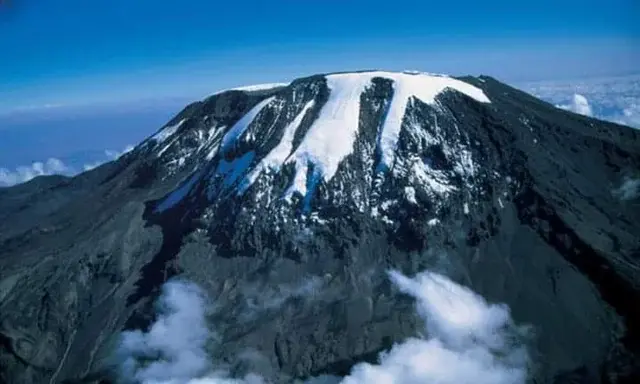
Wildlife of Kilimanjaro National Park
Kilimanjaro National Park is a sanctuary for a diverse array of wildlife. Among the approximately 140 mammal species recorded, 87 are forest dwellers, including elephants, leopards, buffaloes, various antelopes, and primates like the black-and-white colobus and blue monkeys. The park also hosts 24 bat species and over 179 bird species, such as the white-necked raven. While large mammals are less commonly seen during treks, the montane forests offer glimpses of these fascinating creatures. Notably, the Rongai route is known for higher chances of elephant sightings due to its proximity to their habitats.
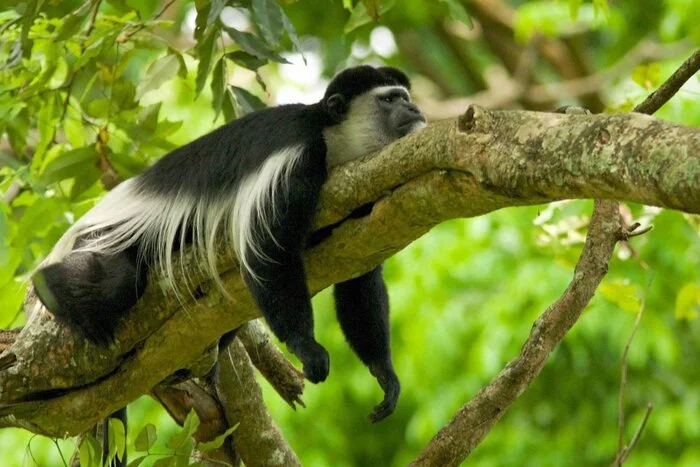
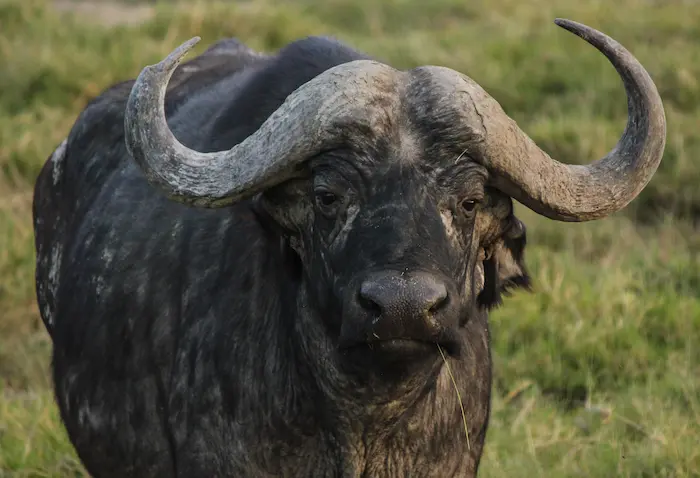
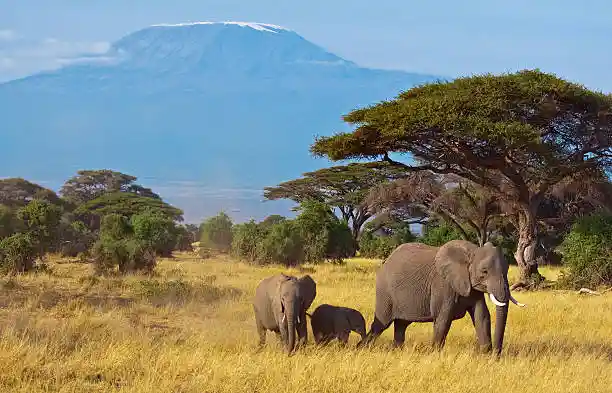
Kilimanjaro’s Seven Climbing Routes
Mount Kilimanjaro offers seven official routes, each catering to different preferences and abilities. The Marangu Route, known as the “Coca-Cola” route, is the only one offering hut accommodations, making it a comfortable choice for beginners. The Machame Route, often referred to as the “Whiskey” route, is popular among trekkers seeking a more challenging experience with scenic views. The Rongai Route, approaching from the north, is the quietest and ideal for those seeking solitude and a less crowded ascent. The Lemosho Route is renowned for its breathtaking views and diverse landscapes, considered one of the most beautiful routes. The Shira Route, approaching from the west, offers a unique perspective and is less frequented. The Umbwe Route is the shortest and steepest, suitable for experienced climbers seeking a more direct ascent. Lastly, the Northern Circuit is the longest route, providing an extensive traverse around the mountain with stunning vistas.
Each route offers a distinct experience, catering to various preferences and fitness levels. Whether you’re a first-time climber or an experienced mountaineer, there’s a route that aligns with your goals and expectations.
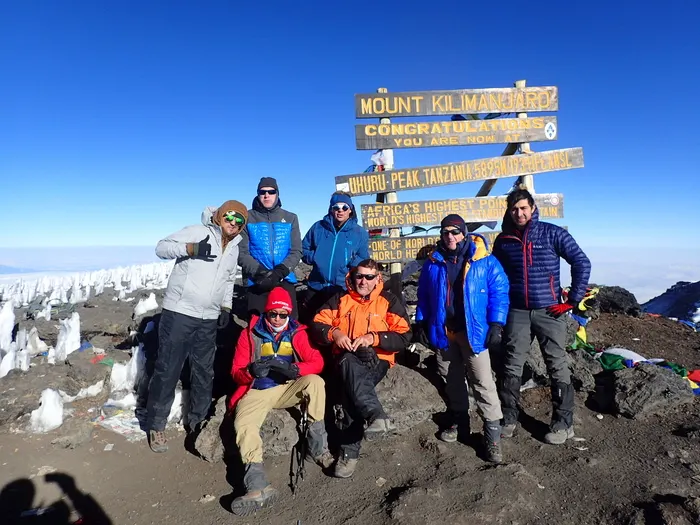
The Origin of the Name "Kilimanjaro
The exact origin of the name “Kilimanjaro” remains uncertain, with several theories proposed by scholars and explorers. Johann Ludwig Krapf, a German missionary, suggested in 1860 that “Kilimanjaro” was a Swahili name, interpreting it as “Mountain of Greatness” or “Mountain of Caravans.” However, this interpretation is debated because “kilima” in Swahili means “hill,” not “mountain,” and “mlima” is the correct term for “mountain.”
Another theory, presented in the 1907 edition of The Nuttall Encyclopædia, posits that the name is derived from the Swahili word “kilima” (hill) and the Chagga word “njaro” (whiteness), possibly referring to the mountain’s snow-capped peak.
Some researchers have proposed that “Kilimanjaro” may originate from the Chagga language, with “kilelema” meaning “difficult” or “impossible,” and “njaro” meaning “whiteness,” suggesting a name like “the white mountain that is difficult to climb.”
Despite these theories, the true origin of the name remains a subject of ongoing research and debate.The Chagga people, who inhabit the region surrounding the mountain, do not have a single name for the entire mountain.Instead, they refer to its two main peaks: “Kibo,” meaning “spotted,” and “Mawenzi,” meaning “broken top.”These names reflect the distinctive features of the peaks, with Kibo’s snow-capped summit and Mawenzi’s jagged, broken appearance.
In conclusion, while various theories exist regarding the origin of the name “Kilimanjaro,” none have been definitively proven. The mountain’s name remains a fascinating aspect of its rich cultural and historical tapestry.
Choosing the Best Kilimanjaro Climbing Route
Which is the Best for You?
Selecting the right route up Mount Kilimanjaro is crucial for a successful and enjoyable climb. Factors such as your available time, budget, fitness level, previous trekking experience, and personal preferences play a significant role in this decision.
For beginners or those seeking a more comfortable experience, the Marangu Route is often recommended. Known as the “Coca-Cola” route, it offers hut accommodations and a straightforward ascent. However, its shorter duration may limit acclimatization, potentially affecting summit success rates.
If you’re looking for a balance between scenic beauty and a manageable challenge, the Machame Route (also known as the “Whiskey” route) is a popular choice. It offers stunning views and improved acclimatisation opportunities, but requires camping.
For those with ample time and a desire for a less crowded experience, the Lemosho Route offers a more gradual ascent and breathtaking landscapes. It merges with the Machame Route on the Shira Plateau, providing diverse scenery.
Experienced climbers seeking a more direct and challenging ascent might consider the Umbwe Route, known for its steep gradients and shorter duration. However, it demands excellent physical fitness and acclimatization.
Ultimately, the best route for you depends on aligning these factors with your climbing goals and capabilities. Consulting with experienced guides and considering group dynamics can also influence your choice.
Kilimanjaro Trekking Packages
Choose Your Perfect Route to the Roof of Africa – Expertly Guided Treks for Every Adventurer
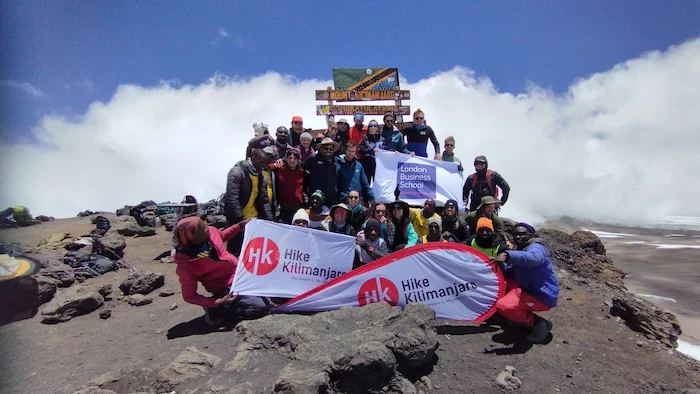
Kilimanjaro Machame Route Trek - 9 Days
53 reviews
7 Days Trekking | 2 Hotel Nights in Arusha or Moshi
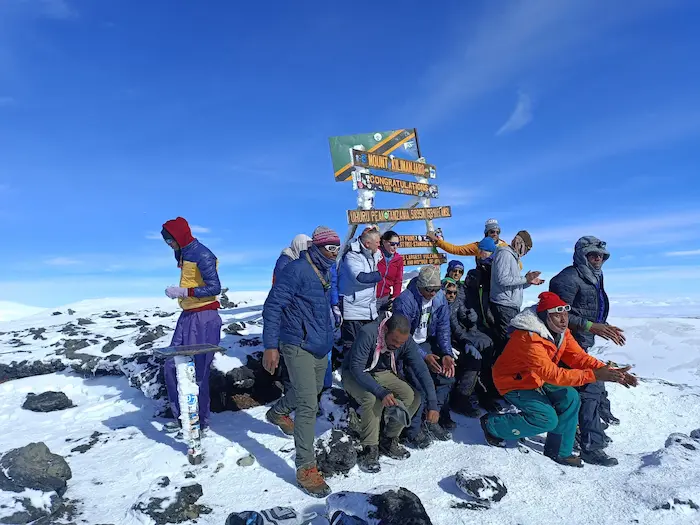
Kilimanjaro Lemosho Route Trek - 10 Days
47 reviews
8 Days Trekking | 2 Hotel Nights in Arusha or Moshi
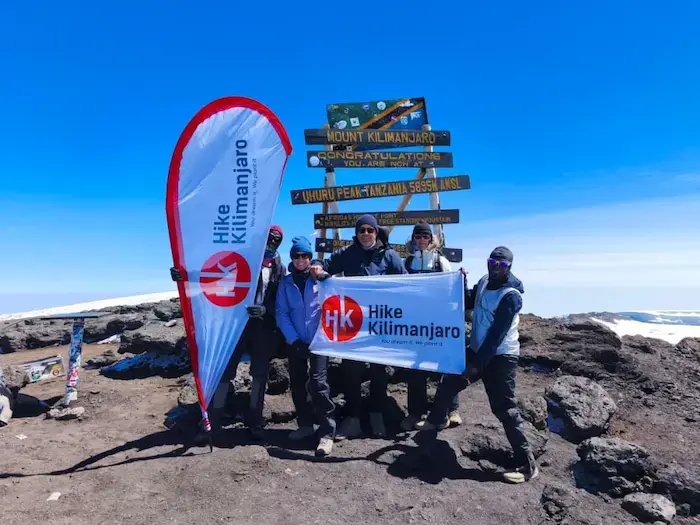
Kilimanjaro Shira Route Trek
- 9 Days
65 reviews
7 Days Trekking | 2 Hotel Nights in Arusha or Moshi
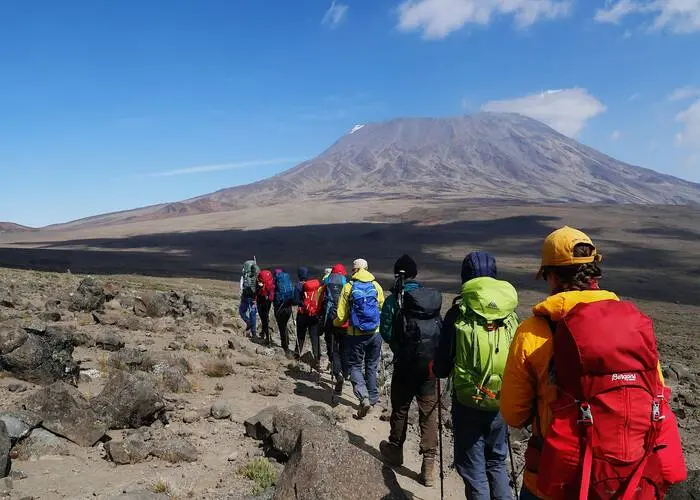
Kilimanjaro Marangu Route
Trek - 8 Days
33 reviews
6 Days Trekking | 2 Hotel Nights in Arusha or Moshi
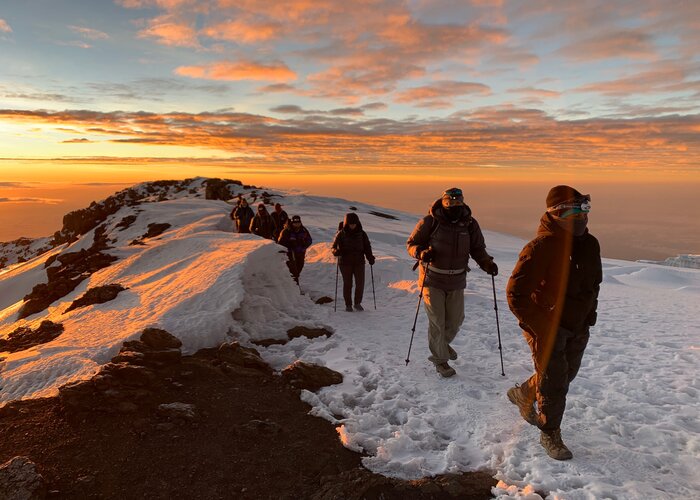
Kilimanjaro Northern Circuit Trek - 10 Days
17 reviews
8 Days Trekking | 2 Hotel Nights in Arusha or Moshi
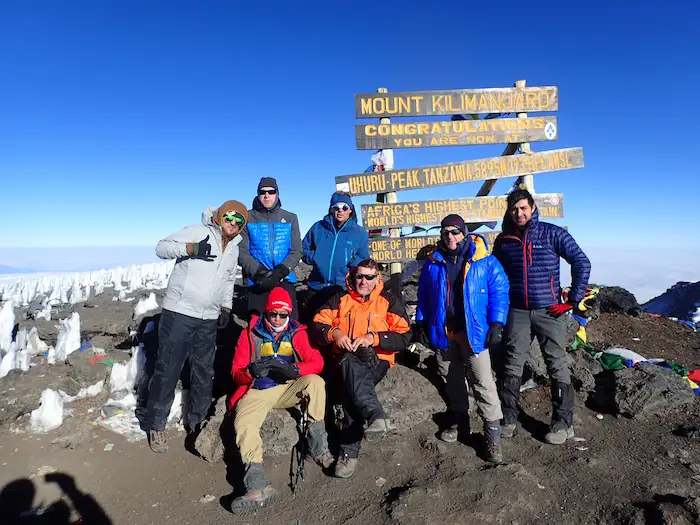
Kilimanjaro Rongai Route
Trek - 8 Days
23 reviews
6 Days Trekking | 2 Hotel Nights in Arusha or Moshi
These full and frank reviews are from travelers who have traveled with Hike Kilimanjaro previously. The reviews and experiences shown here are from reputable travel websites like TripAdvisor, Google, Facebook, and Trust Pilot, etc.
EXCELLENTVerified "This 3-day luxury safari combined with a Kilimanjaro hike exceeded all my expectations. "This 3-day luxury safari combined with a Kilimanjaro hike exceeded all my expectations. The accommodations were elegant and comfortable, and the guides were knowledgeable and friendly. The safari offered incredible wildlife photography opportunities, and climbing Kilimanjaro was a true test of endurance and strength, but the stunning vistas made it all worthwhile. An exceptional journey that I will cherish forever."Posted onVerified "My entire expectations were surpassed by climbing Kilimanjaro. "My entire expectations were surpassed by climbing Kilimanjaro. When one reaches Uhuru Peak, the sensation of accomplishment is indescribable. Because of the well-planned logistics, the amiable crew, and the breathtaking environment, the entire hike was easy and fun. It is a very remarkable event that I would gladly repeat. For adventurers, it's a must.Posted onVerified Tanzania truly offers a world-class experience. "My trek up Mount Kilimanjaro in Tanzania exceeded all my expectations. The stunning scenery, from lush rainforests to icy glaciers, was awe-inspiring. The local guides and porters were incredibly supportive and professional, ensuring a safe and enjoyable climb. It was challenging but incredibly rewarding. Tanzania truly offers a world-class experience for anyone looking to conquer Africa’s highest peak."Posted onVerified I feel accomplished and thankful. Kilimanjaro climbing was satisfying and difficult at the same time. Along the way, there was breathtaking natural splendour and a variety of diverse habitats. The guiding team's assistance was outstanding and got us through some really difficult times. After completing this amazing journey, I feel accomplished and thankful.Posted onVerified Thanks to their knowledgeable advice. From beginning to end, Hike Kilimanjaro offered a smooth and well-planned trip. Their staff made sure we were at ease and ready by being helpful and considerate. Thanks to their knowledgeable advice, climbing Kilimanjaro was difficult but incredibly gratifying. They are the ones I would most certainly pick again for excursions in the future.Posted onVerified "An amazing and well-planned adventure. "An amazing and well-planned adventure! The climb was fun and safe because of the team's experience and upbeat demeanour. I was encouraged by the journey and pleased to have reached the top of Africa.Posted onVerified Highly recommended this tour agency. Wonderful experience! We had a fantastic trip and enjoyed the entire team; we always felt very protected and taken care of. Highly recommended. I want to thank Keddy in particular; you were the best mentors .Posted onVerified "My Kilimanjaro trek was an extraordinary experience. "My Kilimanjaro trek was an extraordinary experience. The route was well-organized, and the staff was attentive and encouraging throughout the climb. The sense of accomplishment upon standing on the summit was overwhelming. The scenery, the challenge, and the sense of connection with nature made this hike truly special. I highly recommend it to anyone looking for a once-in-a-lifetime adventure."Posted onVerified Well Organized and Unforgettable. Hiking Kilimanjaro with a well-run tour company was an incredible experience. The crew was courteous and made sure we were fed, acclimated, and inspired at every stage. The support from porters and guides, as well as the companionship among hikers, helped to make the difficult days bearable. It was weird to be at the top above the clouds. Undoubtedly a life-long accomplishment I will always treasure.Posted onVerified Top notch safari The customer service is on point. Drivers were there to pick us up on time. We saw all the big 5 in Serengeti /Ngorongoro Crater.The accommodation booked Embalakai had great food and staff.Couldn't have asked for a better safari experience. Top notch
Speak to an Expert
Need assistance with your booking? Our friendly Tanzania-based expert team is here to help. Feel free to reach out with any travel-related questions or concerns.

Maxon

- WhatsApp +255 692 406 444

